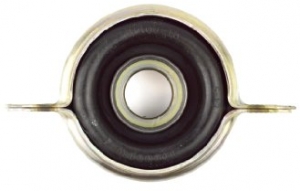-
Welcome to Tacoma World!
You are currently viewing as a guest! To get full-access, you need to register for a FREE account.
As a registered member, you’ll be able to:- Participate in all Tacoma discussion topics
- Communicate privately with other Tacoma owners from around the world
- Post your own photos in our Members Gallery
- Access all special features of the site
Inner or outer axle seal??
Discussion in '1st Gen. Tacomas (1995-2004)' started by Logger, Jun 17, 2018.


 Best battery for infrequent use?
Best battery for infrequent use?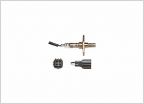 Replacing O2 and Air/fuel sensor but have part number ?
Replacing O2 and Air/fuel sensor but have part number ?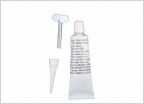 Transmission Flushing. Do or Don't
Transmission Flushing. Do or Don't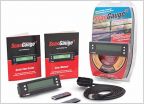 ABS light flashing
ABS light flashing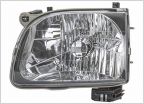 New headlight recommendations?
New headlight recommendations?























































